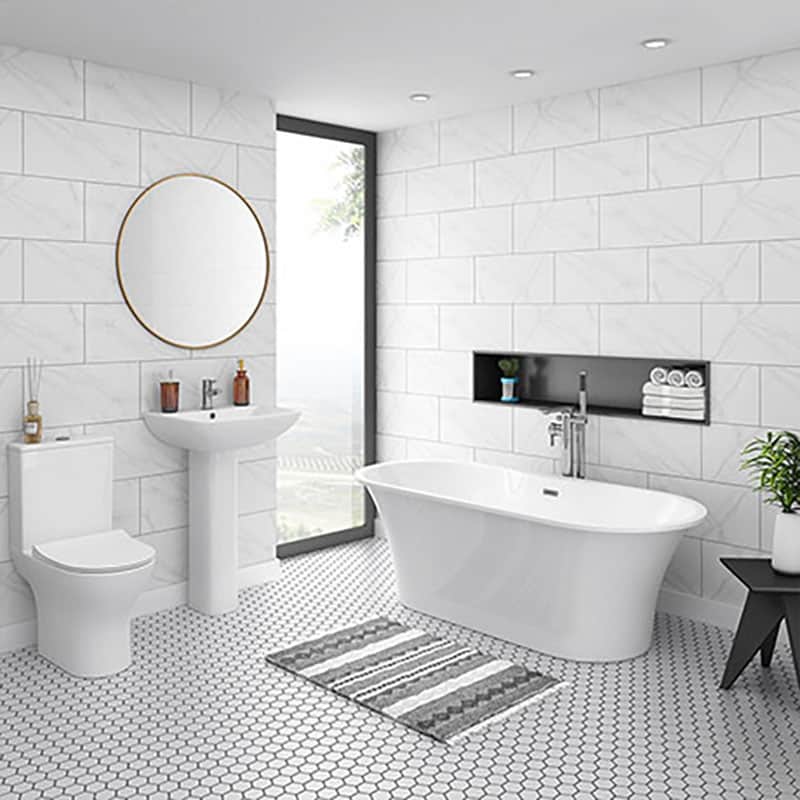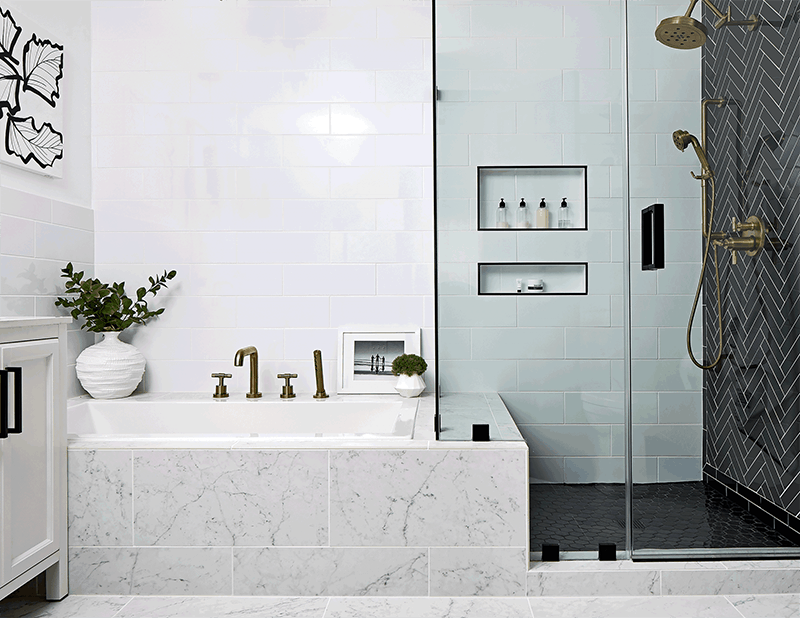A Five-Point Handbook For Pipe Insulation In Your Bathroom
When you are looking at insulation for the pipes in the bathroom, you need to know how to manage the pipes, care for them, and choose the proper insulation. The handbook below shows you how to complete the insulation and make your pipes much more efficient. Plus, you need to consider putting in new insulation when you want to prevent the pipes from freezing. These are small steps that you can take at any time to ensure that your house is not hit by pipe bursts, leaks, or rust.

1. What Does The Insulation Do?
Your pipe insulation should protect the pipes from rust, ensure that they do not freeze, and help to keep the water hot or cold instead of losing all that energy as it comes through the pipes.
You may not be aware of this, but your water is losing heat when it comes through an uninsulated pipe. Plus, cool water will start to warm up because it is exposed to the warm environment around the pipe. This is why a lot of people do not get properly cool water in the summer or hot water in the winter. The insulation helps you get the right temperature when you turn on the tap.

2. How Do You Insulate The Pipes?
The pipes should be insulated with a special roll insulation and a wrap that will help prevent air from touching the pipes. The pipes should be insulated where they are exposed under the sink, and you need to make sure that it is zip-tied or tapes down tightly. You do not want air to reach the pipes at all. Plus, you need to close the insulation tight enough that water cannot get behind the insulation and rust the pipes.

3. Preventing Pipe Bursts
The most important part of pipe insulation is that it prevents burst pipes. You do not want your pipes to be so cold that they will crack in the winter. You turn on the heat in the house, but that does not mean that your pipes are warm and comfortable at all times. Pipe bursts most often occur when a pipe has been left without insulation for a long time. You cannot assume that your pipes are working properly simply because nothing bad has happened yet.
Plus, you do not want your pipes to drastically change temperature over time. When you see major shifts in the temperature, that can cause cracks in your pipes. The insulation helps to keep the pipes a consistent temperature, and you do not need to worry about allowing your water to drip so that you do not crack your pipes in the dead of winter.

4. Insulation Should Be Serviced
When your insulation has been installed, you need to request a service package that will help you service the insulation at least once a year. When you would like to get the service done, you should ask your service technician if you need more insulation for any of these pipes. You may need to wrap up the pipes a bit more because they do not have enough insulation.
When you are getting a service done, you may need to have rust cleaned off your pipes before the insulation is refreshed, or you could get a better wrap for these pipes because that helps keep the pipes stable. The insulation is also a sign that you have taken care of the house. When people are inspecting your house, they will be excited by the fact that you have taken the time to do this. Spending your money on insulation pays off.
5. Try Your Showers Or Tubs
You could actually have an even better insulation installation done if you are working with your installer, and you should get all these pipes insulated because they are used every day. You are improving the efficiency of your home, and you can have the drywall fixed and painted once all these pipes have been insulated.
You can do the same thing to the outdoor spigots because you could can usually access them from the interior walls of the house. Get the insulation done right now because you do not want to let your spigots drip all day every day. Plus, you can keep the water cool when you are spray water from a hose in the middle of the summer.
Conclusion
The pipes that you are insulating should be covered with the appropriate amount of roll insulation and covered with a heavy layer that will prevent air from reaching the pipes. The air does not change temperature as it goes though the pipes. Plus, you can Regent your pipes from rusting or freezing. You can even have insulation added to pipes that are hidden behind walls so that you have some peace of mind.
